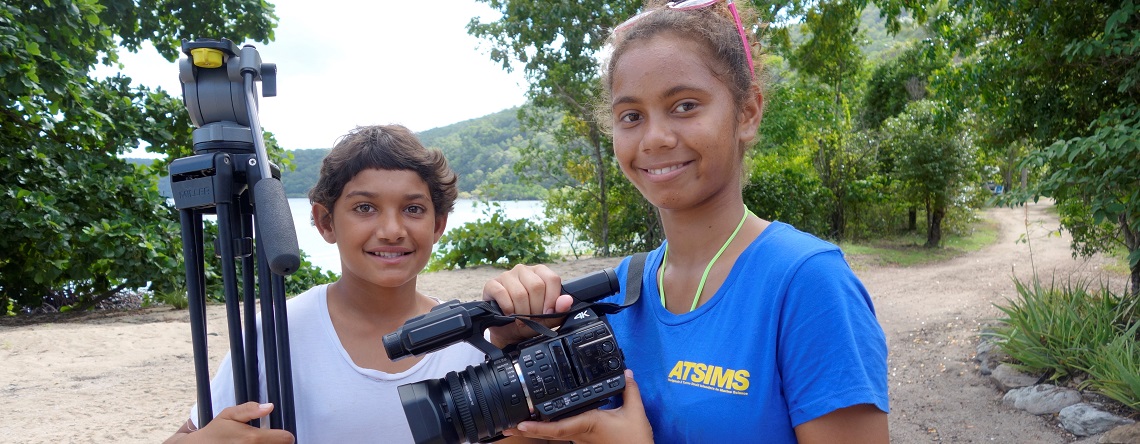
Indigenous students in north Queensland have become the envy of many thanks to a programme combining Indigenous ecological knowledge and cutting edge marine and environmental science.
Now in its fourth year, the Aboriginals and Torres Strait Islanders in Marine Science (ATSIMS) programme involves hands-on activities in the field for Indigenous students in North Queensland. This includes work experience with the Girringun and Gudjuda Indigenous rangers and further opportunities for students to get involved in local junior ranger programmes to help learn about and protect country.
ATSIMS has engaged more than 150 Indigenous secondary students from schools along the Great Barrier Reef coast and has gained praise from students and teachers alike.
“ATSIMS has led me down a climate awareness pathway that I never thought existed,” Thuringowa State High School student Wilfred Rueben said.
“After my involvement in ATSIMS, I had the opportunity to talk at an Earth Hour event in Townsville, and that led to my involvement in the Australian Youth Climate Coalition and helping to launch SEED, Australia’s first Indigenous youth climate network.”
Mary Dingley-Paiwan, a student from Pimlico State High School in Townsville, also sees the advantages of ATSIMS.
“I think this programme is important to Aboriginal and Torres Strait Islanders as we can bring two different knowledges and sciences together to accomplish more, and make sure that we are doing everything we can to protect the ocean,” Mary said.
It’s not just the students that are impressed with the programme, as evidenced by praise from school staff members like Natalie Howard, Community Education Counsellor at William Ross State High School in Townsville.
“ATSIMS is a wonderful opportunity for our students to embrace not only the sustainability and the conservation of our pristine environment but how they, as young aspiring Aboriginal and Torres Strait Islander students can protect and nurture our very way of life through culture,” Natalie said.
Education programs like ATSIMS will produce our future leaders in marine science who will undertake the innovative research and make crucial breakthroughs based upon the best that traditional knowledge and modern science has to offer.
